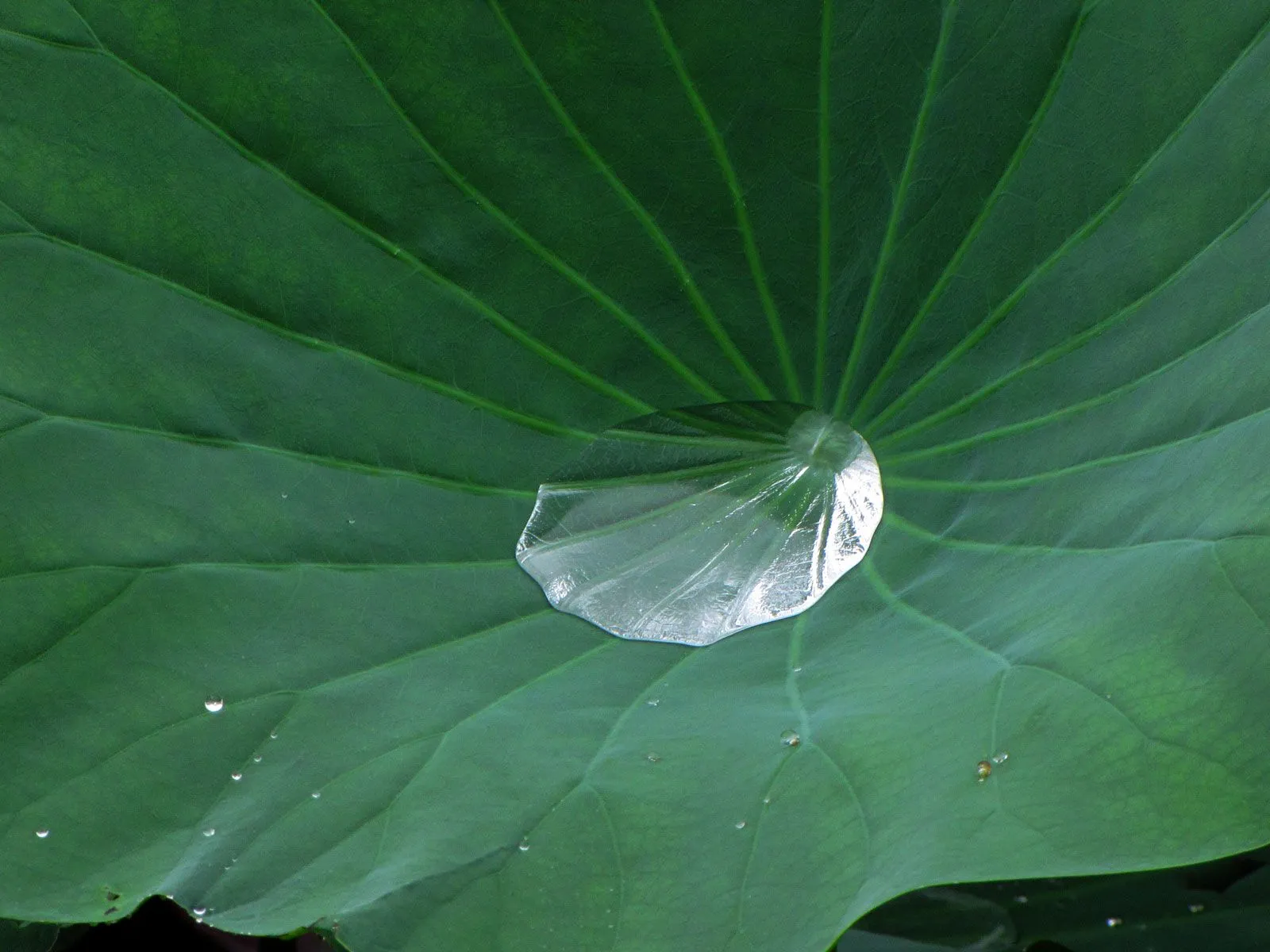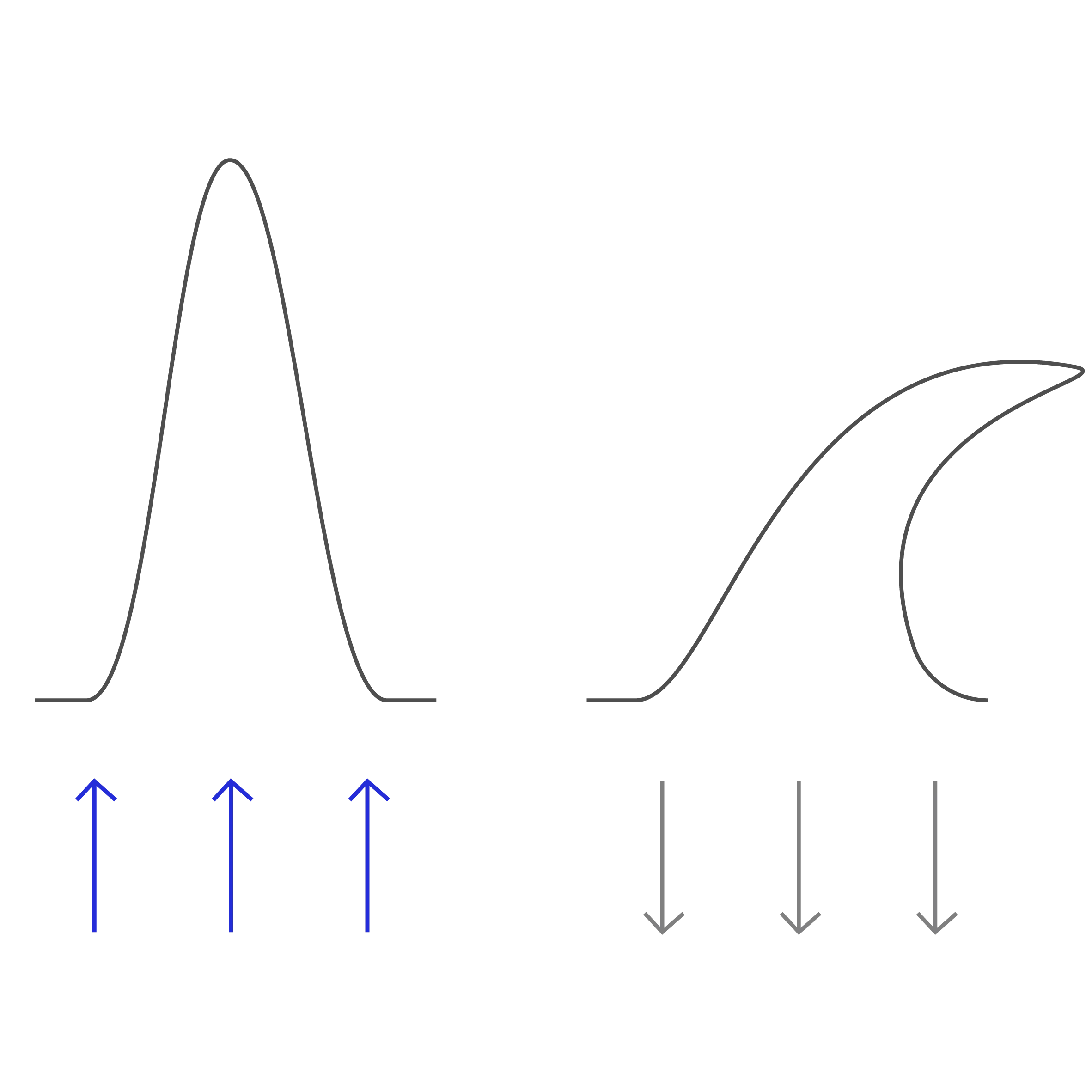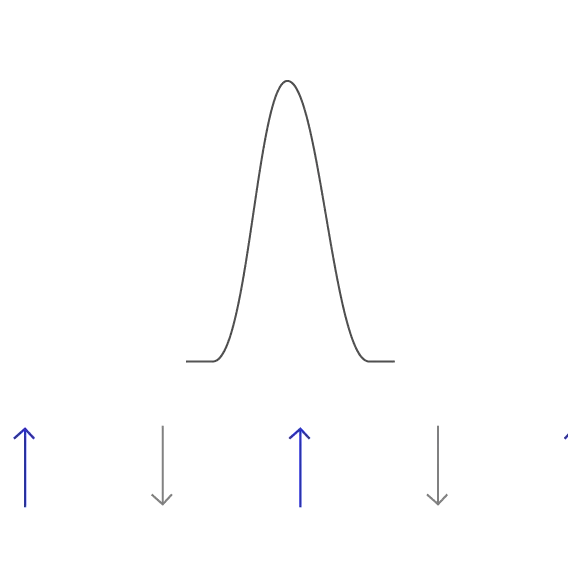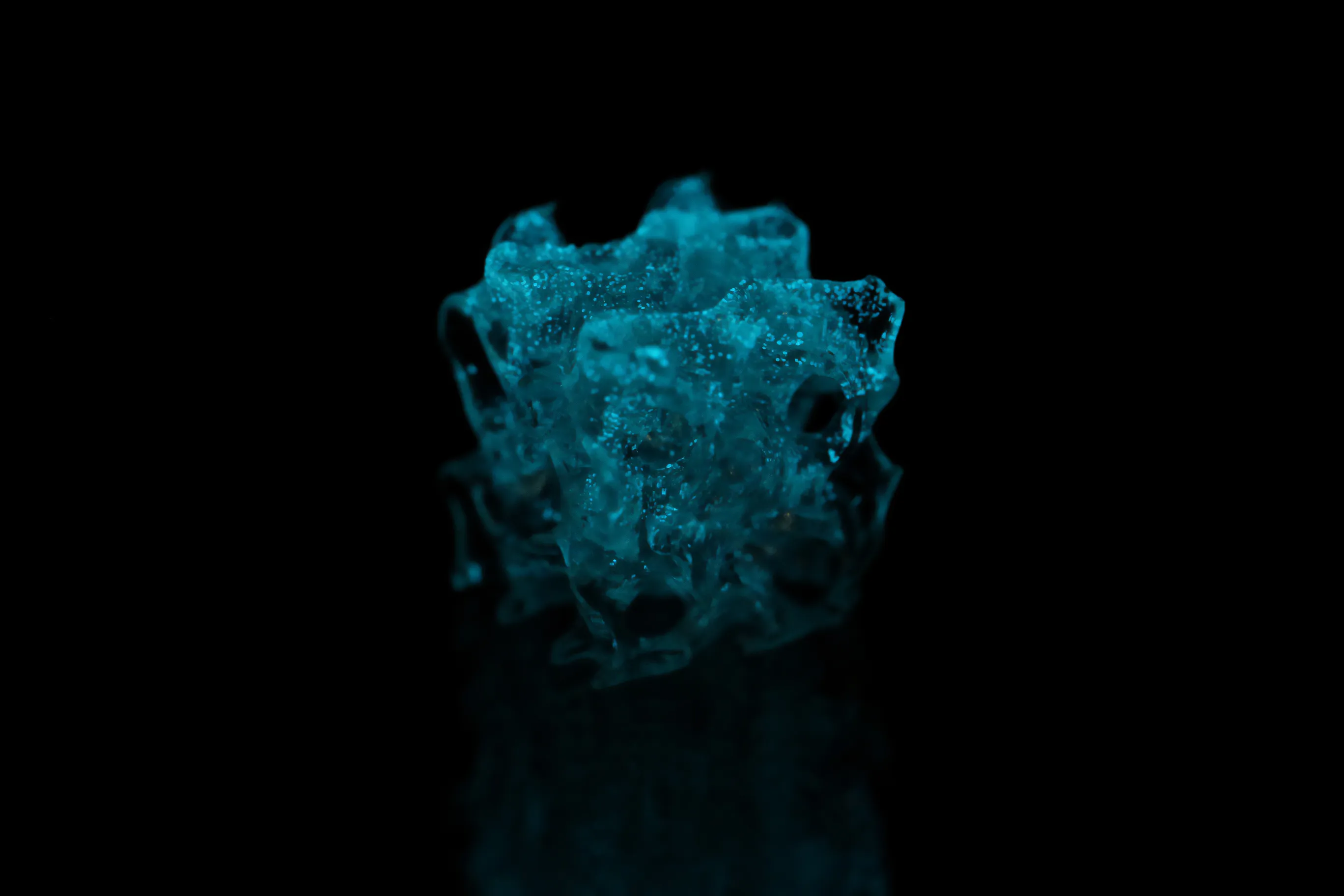Magnetic Carpet
A controllable magnetically responsive surface.
Meet the Magnetic Carpet – a groundbreaking material composed of magnetized silicone hairs! These hairs operate autonomously, showing a unique ability to interact with and move objects and liquids on their surface in perfect harmony.
Researchers
Institution
Tags
Properties
What’s so special?
Hair-like surface structure
Eyelash-like threads called cilia are seen in many natural settings, including our lungs, our brains, or on plants. Even microorganisms have these hair-like structures, which they use to move around. It’s a mobility and transportation system. The Magnetic Carpet mimics cilia. Its fibers are spread out evenly and can bend in response to signals and react collectively.
Flexible and magnetically responsive
The Magnetic Carpet’s hairs are both soft and flexible because they’re made of silicone. They also contain magnetic particles, enabling them to be magnetically responsive. Although the hairs on the Magnetic Carpet move objects collectively, keep in mind that each individual hair responds independently to magnetic forces by either bending downward or stretching upward. Up and down, however, is not the only way these hairs can move: When alternating magnets are shifted sideways – that's when the magic happens – the Magnetic Carpet hairs can also rotate.
Transports solids
It's fascinating to note that objects of various shapes exhibit distinct reactions to these magnetic cilia. Solid objects can travel across the magnetic carpet in a pattern that may remind festival or concertgoers of a familiar sight. The hairs transport objects using a “crowd-surfing effect”. So, next time you're stage diving, think of cilia! What's impressive is that they are even more dependable than a human crowd, as they never, ever drift apart.
Transports liquids
Even more impressive is the fact that Magnetic Carpets can also transport liquids. In nature, cilia help move liquids, especially thicker liquids, which usually don’t move well on a surface. The Magnetic Carpet is like a man-made version of that, imitating how natural cilia move liquid on a surface – by circular movement or by pinning and bending.
Humble in size
Even though Magnetic Carpet hairs have an impressive range of motion, they're actually quite small, similar in size to natural cilia. The tallest ones are only about 2.5 mm tall.

A magnetic field wave generates waves on the carpet surface which results in amphibious transport of solids and liquids.
Applications
What can we do with it?
Conveyor systems
The future of Magnetic Carpets looks promising, although it’s not entirely mapped out yet. They might pave the way for a new kind of industrial innovation, such as a self-sorting conveyor system, or perhaps surprise us with new, unexpected ways to use it. Any ideas? Whatever their future might bring, Magnetic Carpets are likely to persist in doing what they (and their natural counterparts) do best: moving us forward!
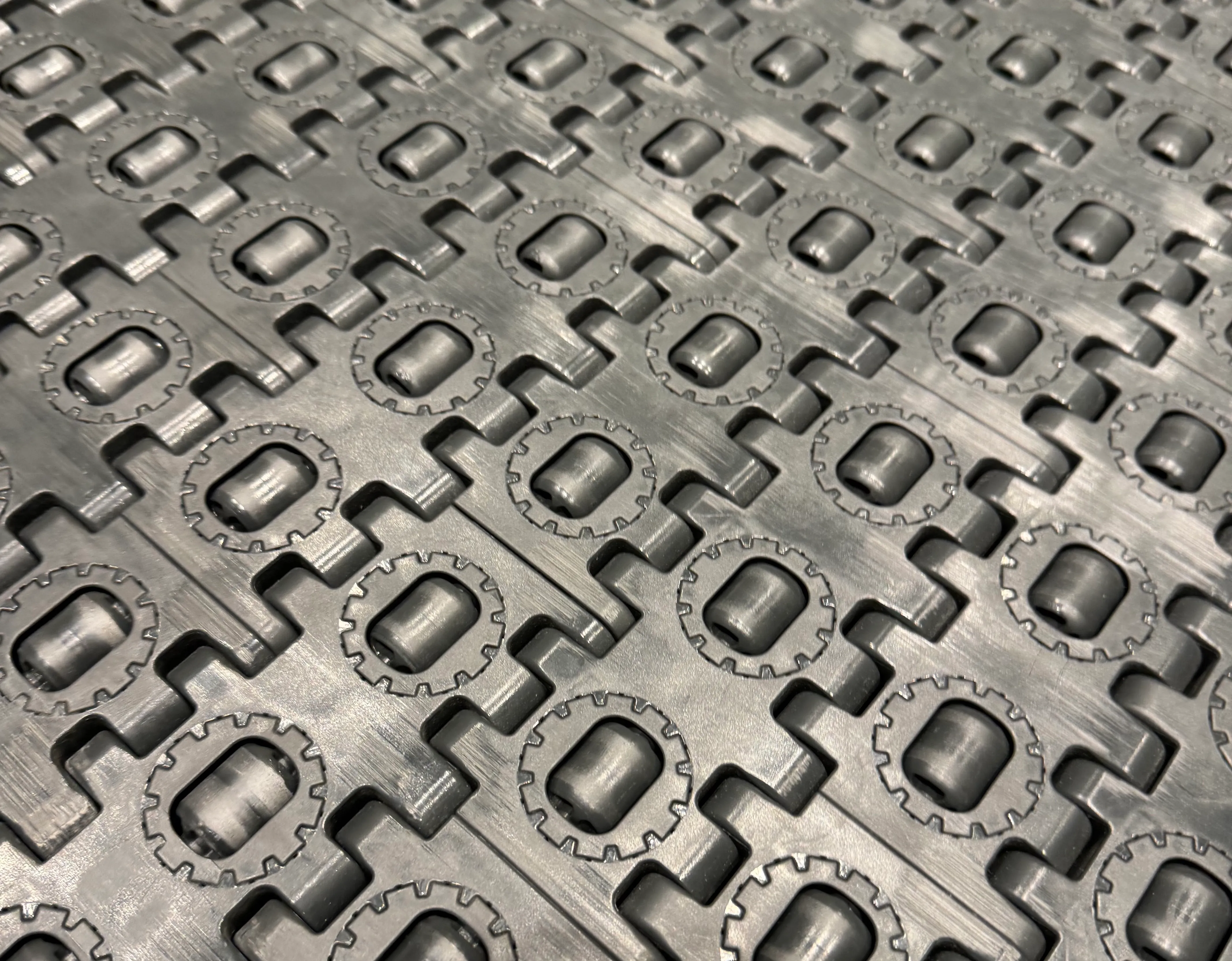
Conveyor rollers for sorting luggage at an airport. This kind of system works well for robust and solid objects, but would miserably fail with liquids, where Magnetic Carpets would excel, although only at millimeter or centimeter scales.
Because our carpet is soft, it can be used to transport and sorting of fragile object in millimeter to centimeter range.
Composition
What’s it made of?

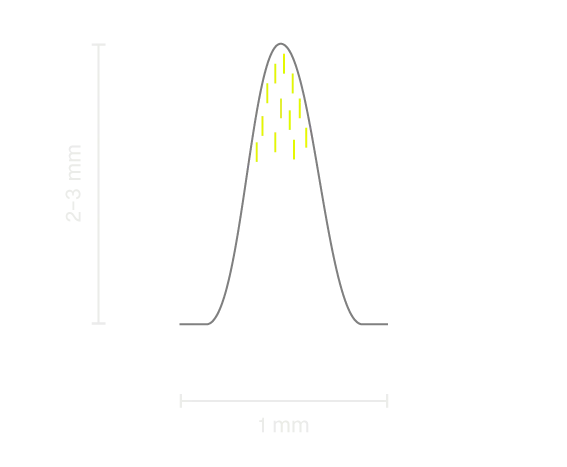
Magnetic carpets consist of soft silicone, which forms the carpet's structure.
The magnetic quality comes from a special powder called neodymium iron boron, located at the tips of the silicone fibers.
Fabrication
How is it done?
Although Magnetic Carpets look like complex organisms, their fabrication is rather straightforward.
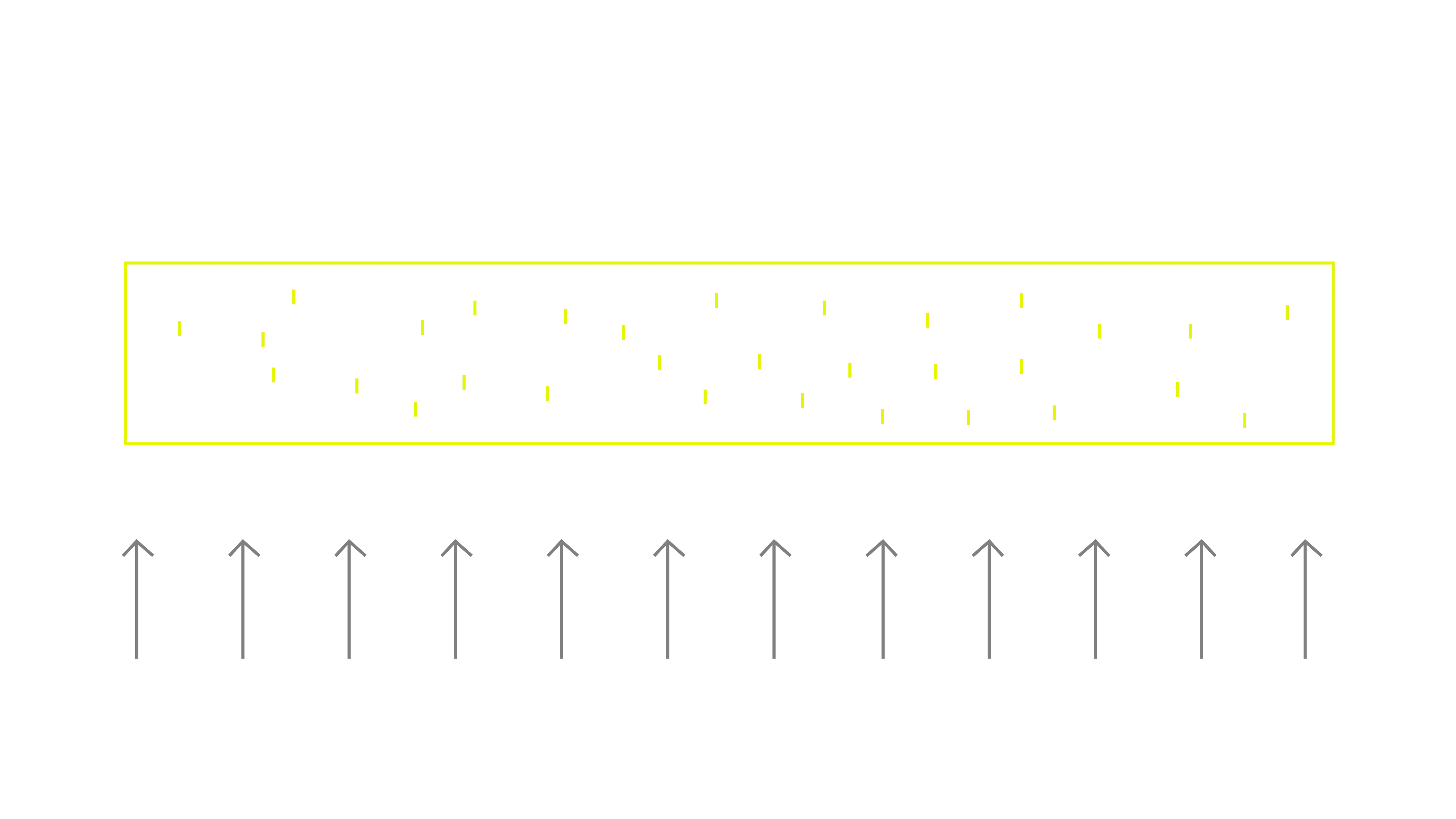
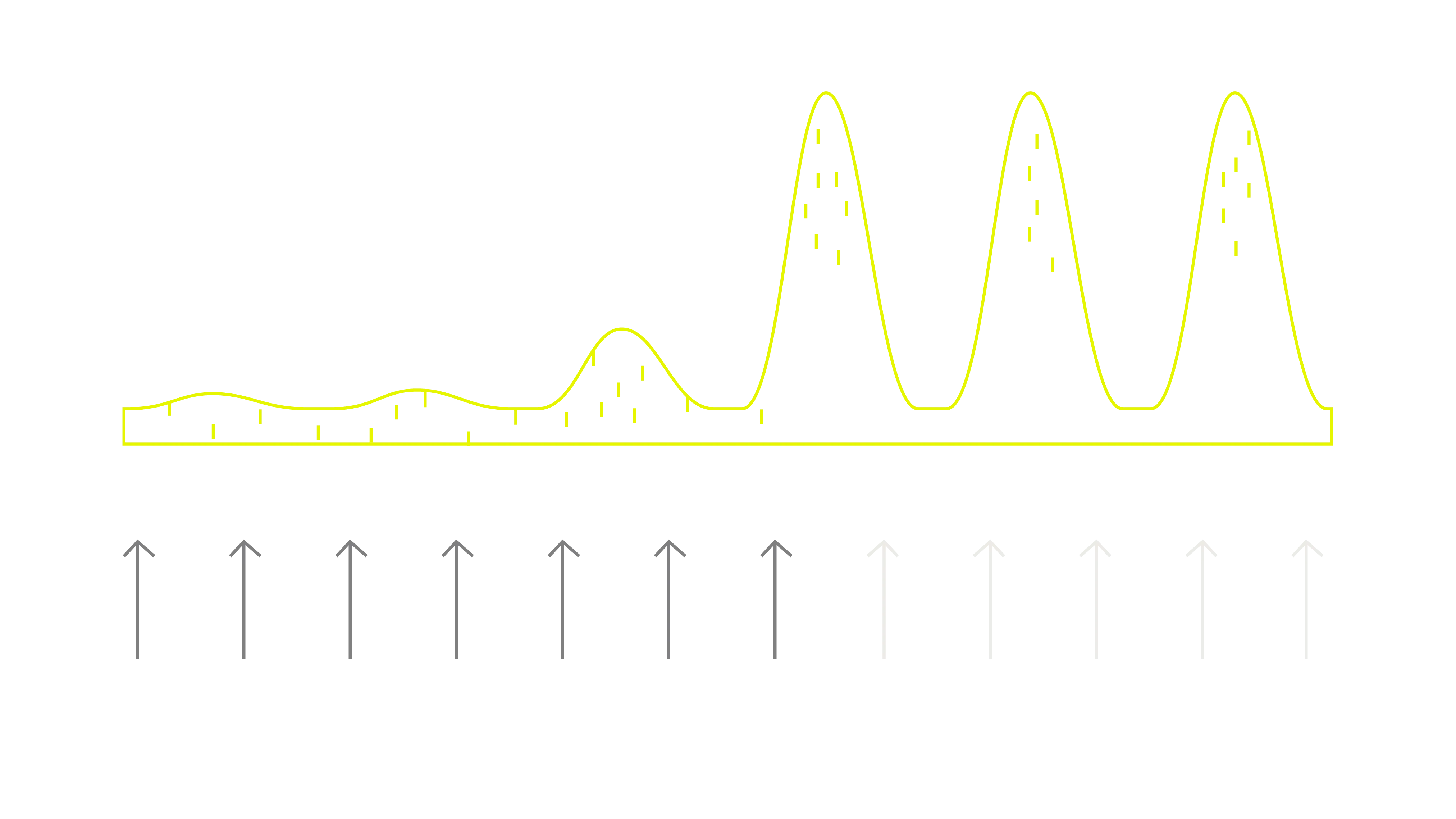
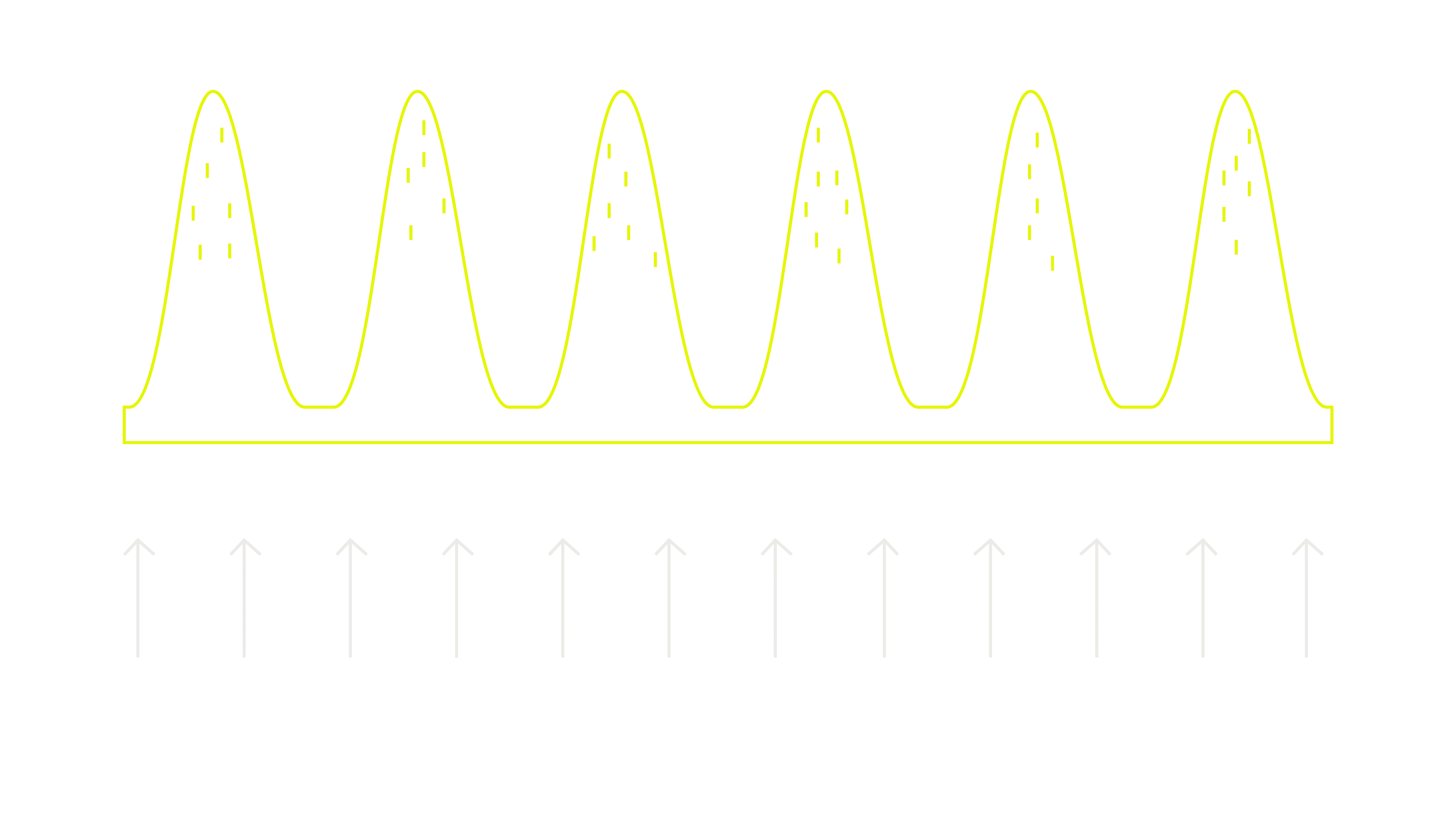
First, a mixture of liquid silicone and magnetic particles is prepared.
These particles rise when a magnetic field is applied, forming cone-shaped carpet fibers (hairs). Despite their cooperative movement, they repel each other, explaining their even distribution.
The resulting surface is then hardened at 60°C for 15 minutes to maintain its shape even after the magnetic field is no longer active.
Feedback
Ahmet wonders what you think about this research. Let him know!

Researcher of Magnetic Carpet
Links
Want more details about the Magnetic Carpet?
Read the Research paper: Amphibious Transport of Fluids and Solids by Soft Magnetic Carpets
Have questions? Get in touch

